Date: 4 May 2012
The Berlin authorities for the preservation of historic buildings decided to have the restoration glass Tikana® from the technology group SCHOTT installed as part of the renovation work on the building that dates back to the sixties. The glassy pavilion was used as a terminal building for westbound border crossings during the GDR era.
The head of conservation selected the restoration glass Tikana® for two reasons. On the one hand, it was the only product that accurately copies the historic, slightly irregular glass used in the early 1960s – and not just from a visual standpoint. Even today, SCHOTT still manufactures it using the traditional Fourcault glass-drawing process that was quite common back then. Here, the glass melt is drawn from the melting tank with the help of a drawing nozzle and then transported vertically upwards.
On the other hand, SCHOTT was the only company that was able to produce the glass panes in the statically required thickness of six millimeters and the dimensions necessary. For example, model panes of up to 2794 millimeters in height were needed for this project.
SCHOTT combined the desired optical and structural properties with the advantages that modern insulating glass offers with respect to thermal insulation. An insulated glass laminate that consists of the restoration glass Tikana® on the outside and a float glass pane that features a heat insulation coating on the inside was used in the Palace of Tears. Bollinger und Fehlig Architekten GmbH oversaw the restoration work. They worked together closely with the historic building authorities on renovating the façade and received support from Lichtbogen Metallbau GmbH.
Restored in a modern fashion, yet designed to have that authentic historic look, today the Palace of Tears takes us back to the time before German Reunification. The glassy pavilion was once designed by Horst Lüderitz, the architect of the German Reichsbahn when the Friedrichstraße train station became a border station after the Berlin Wall was built in 1961. Thanks to its large window front, the building appears to be airy and flooded with light from the outside. Nevertheless, the atmosphere in the lines during passport checks was sad when East Germans had to say goodbye to their families and visitors when they returned to West Germany. In fact, this is where the Palace of Tears got its name. Today, the permanent exhibition “Border Experiences. Everyday Life in a Divided Germany” sponsored by the foundation House of History of the Republic of Germany reminds us of what life was like when Germany was still a divided nation.
SCHOTT is an international technology group with more than 125 years of experience in the areas of specialty glasses and materials and advanced technologies. SCHOTT ranks number one in the world with many of its products. Its core markets are the household appliance, solar power, pharmaceuticals, electronics, optics, transportation and architecture industries. The company is strongly committed to contributing to its customers’ success and making SCHOTT an important part of people’s lives with high-quality products and intelligent solutions. SCHOTT is committed to managing its business in a sustainable manner and supporting its employees, society and the environment. The SCHOTT Group maintains close proximity to its customers with manufacturing and sales units in all major markets. Its workforce of around 17,000 employees generated worldwide sales of approximately 2.9 billion euros for the 2010/2011 fiscal year. SCHOTT AG, with its headquarters in Mainz (Germany) is owned by the Carl Zeiss Foundation..jpg)
The restoration glass Tikana® from SCHOTT gives the Palace of Tears at the Friedrichstraße train station in Berlin that is listed as a historic building a glass façade that closely resembles the original. Tikana® accurately copies the historic, slightly irregular glass used in the early 1960s. SCHOTT combined the desired optical and structural properties with the advantages that modern insulating glass offers with respect to thermal insulation.
| Further information: |
| SCHOTT AG |
| Klaus Bernhard Hofmann Leiter Corporate Public Relations |
| Hattenbergstraße 10 |
| 55122 Mainz |
| Germany |
| Tel. +49 6131/66-3662 |
| Fax +49 3641/2888-9140 |
| SCHOTT AG |
| Christine Fuhr |
| PR Manager |
| Hattenbergstraße 10 |
| 55122 Mainz |
| Tel. +49 (0)6131/66-45 50 |
| Fax +49 (0)3641/2888-9141 |

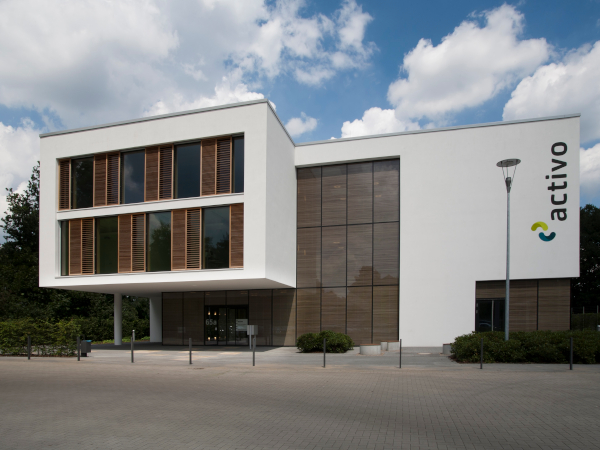
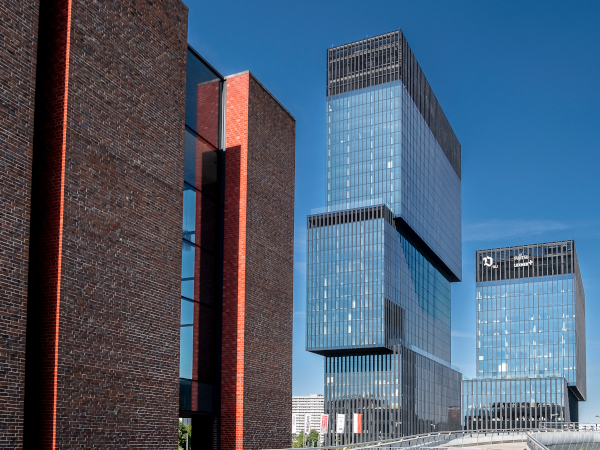
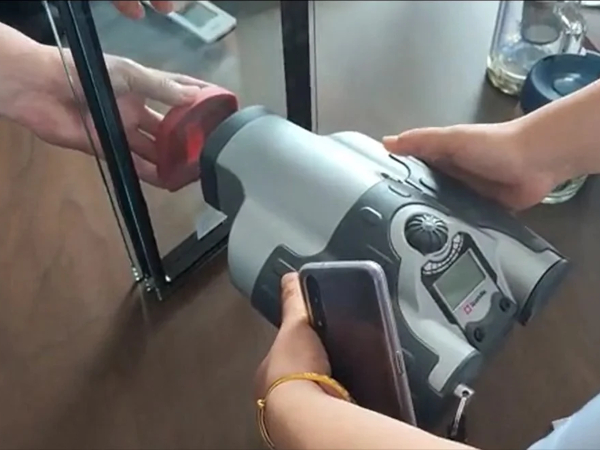
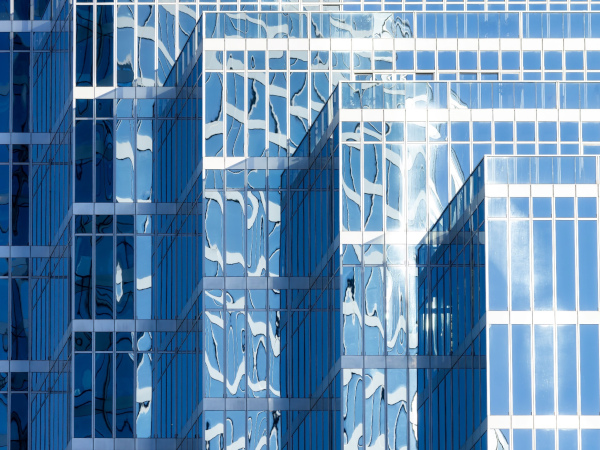








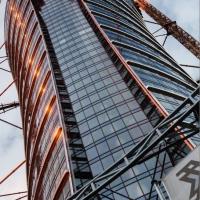


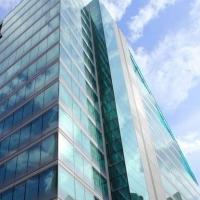
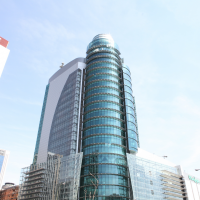
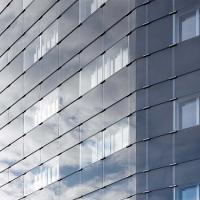
Add new comment